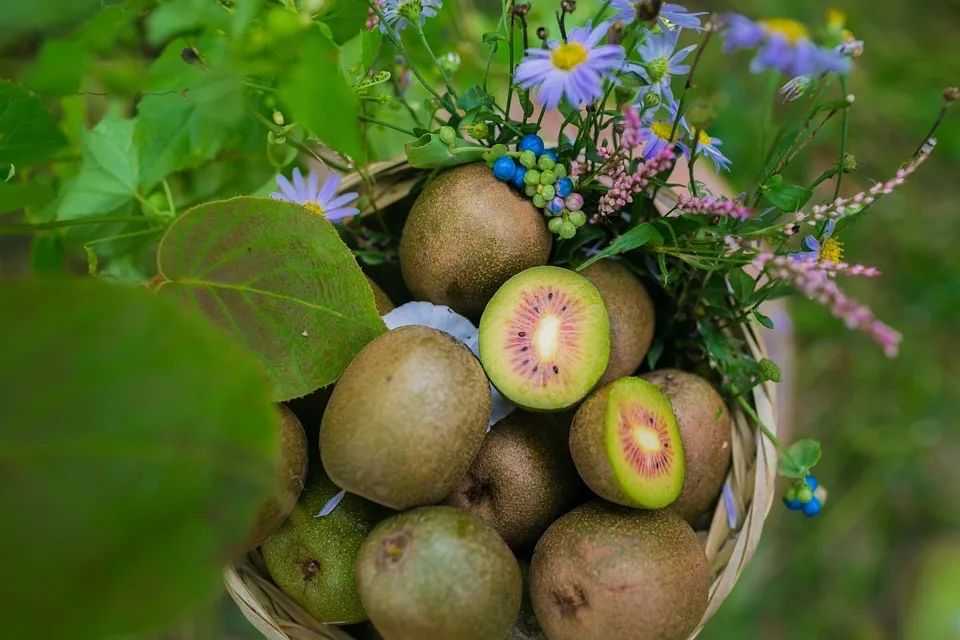
New Zealand's agricultural structure is in a state of continuous transformation, as revealed by the latest data from Statistics New Zealand. There is a distinct contrast between the shrinking scale of traditional animal husbandry and the expansion of high - value - added planting industries.
From 2014 to 2024, the number of sheep in the country has dropped to 23.6 million, a sharp decrease of 21% compared to ten years ago. The number of dairy cows has decreased by 13% to 5.8 million, and the number of deer has declined most significantly by 26%. The number of beef cattle remains stable at 3.7 million. Concurrently, the grassland area has shrunk by 10% to 7.1 million hectares. In contrast, fruit tree cultivation has seen an upward trend. The area of kiwifruit cultivation has reached 14,500 hectares, a 32% increase compared to 2014, with the golden variety accounting for 57%, and the Bay of Plenty region accounting for 75% of the national production capacity. The area of apple cultivation has increased to 9,500 hectares, a 13% increase, with Hawke's Bay being the core production area. The area of wine grape cultivation has reached 37,600 hectares, an 11% increase, and Marlborough accounts for 70% of the national output.
Agriculture remains the economic backbone of New Zealand. In the annual data of March 2025, the total value of New Zealand's commodity exports reached 74.1 billion New Zealand dollars. The top three export markets are China (25%), the United States (13%), and Australia (12%). Dairy products (milk powder, butter, cheese) account for 29% of the total export value with 21.8 billion New Zealand dollars. Meat and offal (9.2 billion), fruits (5.1 billion), and wood products (4.8 billion) rank second to fourth respectively. This transformation highlights the strategic adjustment of New Zealand's agriculture from traditional grazing to high - value - added agricultural products. However, global market fluctuations and changes in the demand of trading partners remain the key challenges.





